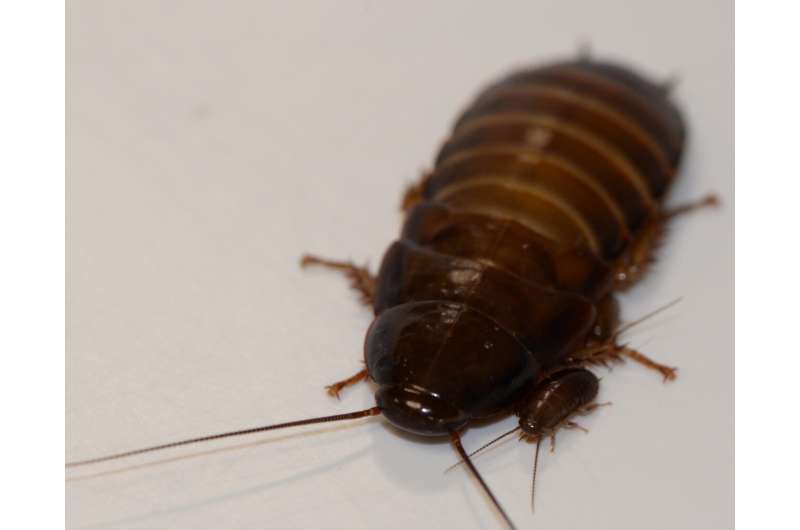Mathematical model of animal growth shows life is defined by biology, not physics

Monash University scientists have challenged the conventional wisdom that biological patterns are explained by physical constraints.
In a study published today in Science, the researchers present their mathematical model of animal growth which describes how animals devote energy to growth and reproduction as they age and increase in size.
"Despite the fact that living organisms cannot break the laws of physics, evolution has shown itself to be extraordinarily adept at finding loopholes," said lead study author Professor Craig White, from the Monash University School of Biological Sciences, and the Center for Geometric Biology.
An unexplained problem in biology concerns the non-proportional (allometric) relationship between energy metabolism and size.
"Finding that an animal's metabolism can be explained without invoking physical constraints means that we've been looking in the wrong place when it comes to finding answers for why this widespread pattern occurs," Professor White said.
"We believe that physical constraints don't drive as much of the biology that we observe as previously supposed, and that evolution has a wider range of options than previously thought," he said.
An increase in size, during development or evolution, is typically accompanied by a less-than-proportional increase in energy requirements such that, when compared gram-for-gram, large animals burn less energy and require less food than small ones.
For example, small mammals such as shrews might need to consume as much as three times their body weight in food each day, whereas the largest—baleen whales—eat just 5–30% of their body weight in krill each day.
"Our study argues against the conventional wisdom that biological patterns such as allometric scaling occur because of physical constraints," said Professor White.
"We devised a mathematical model of animal growth that describes how animals shift their energy allocation from growth to reproduction as they increase in age and size, and show that lifetime reproduction is maximized when metabolism scales out of proportion with size," he said.
"Many models presented since the early nineteenth century have used physical or geometric constraints to explain this pattern, but ours does not. Simply put, classic theories argued that animals have the metabolism they have because they must, we find they have the metabolism they have because it's the best."
Professor White said the study showed that allometric scaling does not have to be a result of physical or geometric limits. Instead, natural selection, not physics, favors allometric scaling.
More information: Craig R. White et al, Metabolic scaling is the product of life-history optimization, Science (2022). DOI: 10.1126/science.abm7649
Journal information: Science
Provided by Monash University



















